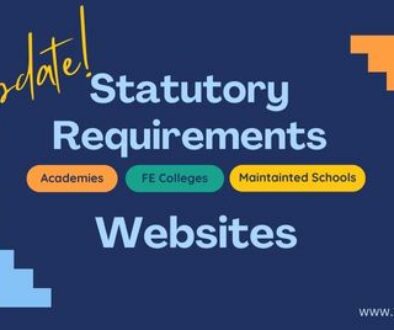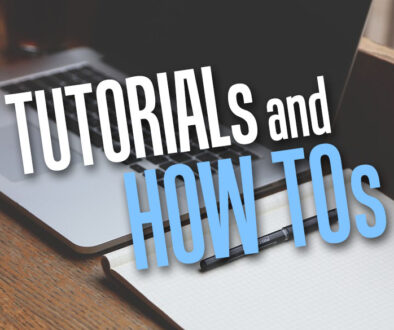6 Steps to Get More Use Out of Your Moodle VLE
At the recent Moodle Moot UK (2011) I was really fortunate to be part of the #awesomegroup during the Knowledge Cafe, simply by virture of my first name starting with L! Many thanks to @LaurenShinfield who volunteered to chair our amazing session, I definitely learnt so so much.
It was also humbling to hear the experiences and expertise of @moodlefairy herself (Mary Cooch), during this Knowledge Cafe session, and also during her break-out session which I found very interesting, but more on that later.
@LaurenShinfield has shared the notes she very kindly and efficiently compiled during our session, and I am merely reorganising the information here. The complete list can be found here.
Although these pointers were a result of enhancing Moodle use, it can almost certainly be applied to any other VLE.
1. Acknowledge the limits.
Much as we would like VLEs to be all-singing, all dancing services, that would be able to spew out information, assessments, and all manner of teaching and teacher-enhancing activities, it is tremendously important to acknowledge the limits of a VLE.
While a VLE can be used to enhance and greatly encourage teaching and learning it really needs to be seen and used as a complement to the learning process. Much as it would be wonderful (or not) it simply can not replace face-to-face interaction.
2. Make a visual impact
People are generally more encouraged to use something that is visually appealing and colourful. If a VLE is made to look pretty, and navigation into and around the VLE is structured and logical, users and more likely to keep coming back.
If skinning a VLE or creating further graphical detail is not something you are able to do, it is advisable to set aside a budget for this to get it done.
3. User Buy-in – Involve your users
Niche
Users, both teachers and students, need to be able to see and to know what they can use a VLE for. A vested interest or a niche needs to be identified in order to encourage VLE use. Find out what users want to use a VLE for, show them what can be done on the VLE (NOT how to do it) if they are interested in what can be done, they will find out how to do it or come and ask you.
Roles
A very important often overlooked aspect of VLE use, is simply that not every user sees the same thing. For example, students see a different view from teachers. It is often useful for different user sets to be able to experiment and experience different roles. This can be achieved by assigning teachers as students in some courses and perhaps students could be given editing rights (teacher roles) in other courses.
4. Make Personalised Training Available
From the outset, offer personalised targeted training, whether individual or group based. This will create a starting point for users who feel overwhelmed. To support and enhance this starting point, make ‘how to’ resources available and include personalised videos based on your institution’s VLE.
5. Creative Uses for the VLE
Extending the use of the VLE beyond the conventional teaching and learning spaces allow and encourage greater opportunity for interaction. Some creative uses extend beyond learning, some examples include Support and Guidance areas, Student Unions, Students Space (showcase of student work).
6. When all else fails…Chocolates
Bribery and corruption not-with-standing, offering chocolate in return for enhanced VLE use has apparently worked!
Have you any secret weapons in the arsenal of encouraging VLE use? Do share your thoughts and experiences.
Author: Li-ling Ooi



